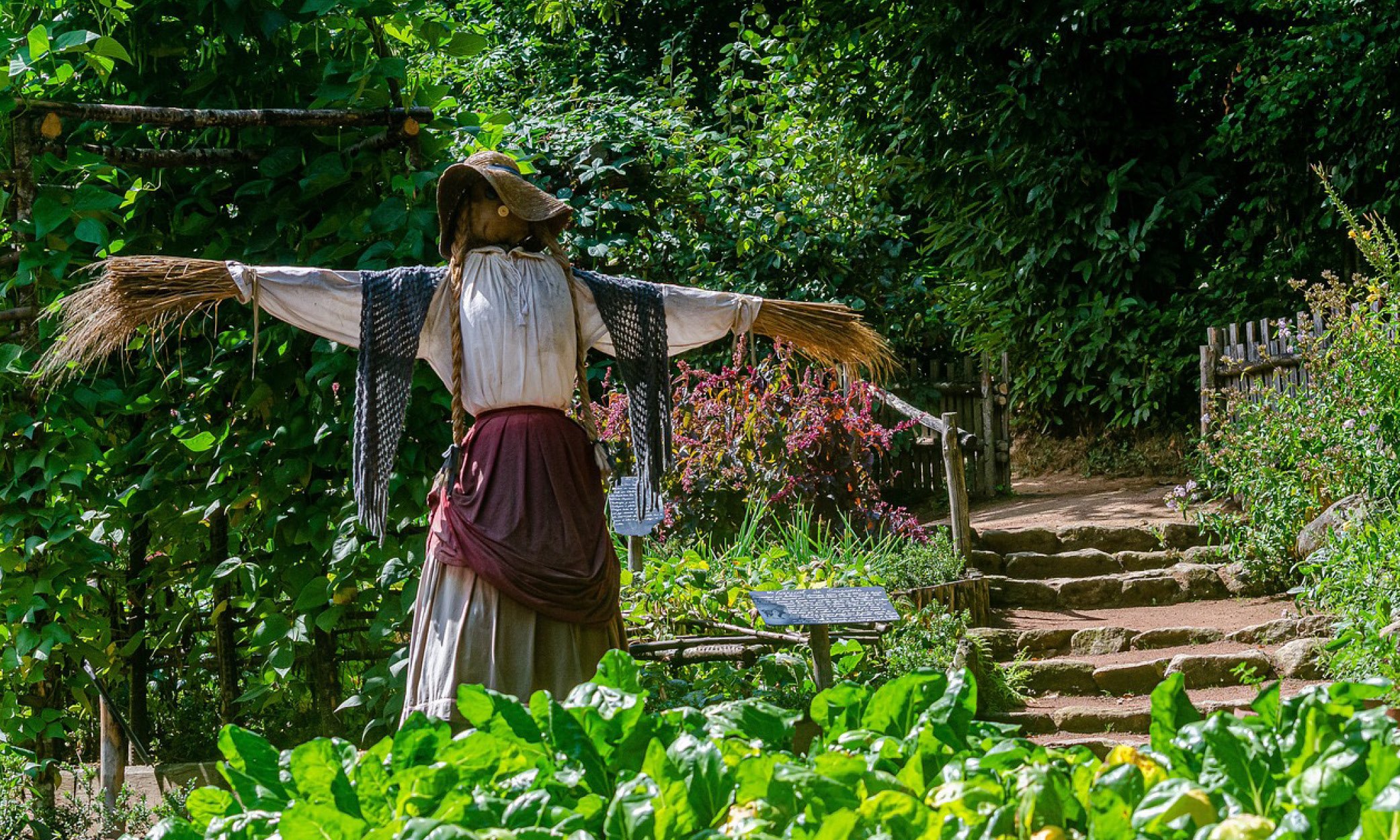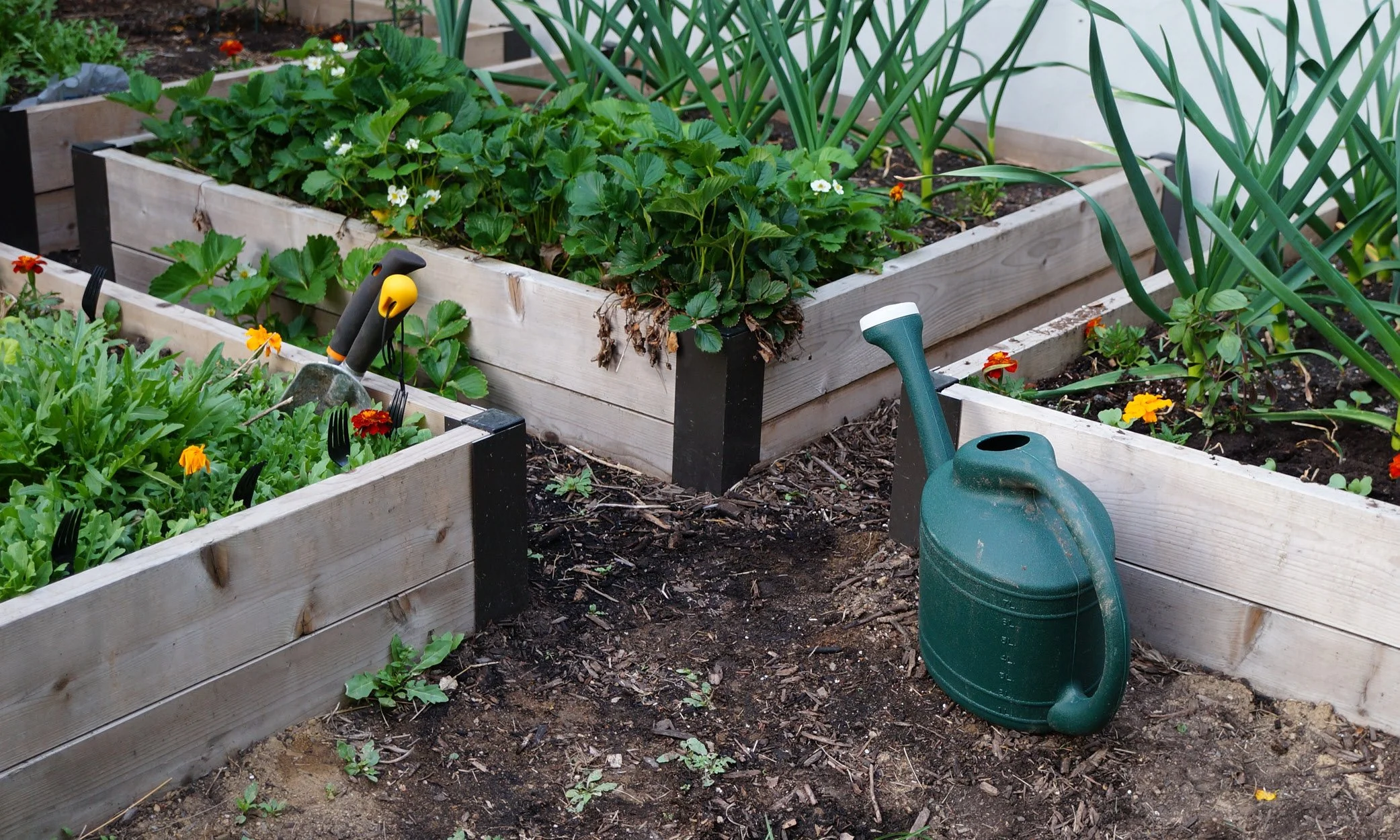How to Protect Your Garden from Deer and Rabbits: Effective Strategies
Bambi and Thumper might have captured our hearts on screen, but when deer and rabbits turn your garden into an all-you-can-eat buffet, the charm quickly fades. If you're struggling to keep these garden invaders at bay, fear not! Our experts at Copper Creek’s Garden Center have curated a comprehensive guide to help you safeguard your garden while ensuring you don’t harm the critters or your plants.
Physical Barriers: The First Line of Defense
Fencing for Deer
Height:
Standard Fence: Aim for a fence height of at least 8 feet. Deer are proficient jumpers, and shorter fences often fall short.
Double Fence: Install two shorter fences, 4-5 feet apart. Deer are hesitant to leap into tight spaces.
Materials:
Woven Wire: Provides durability and longevity. Ensure it’s tightly stretched and well-supported.
Electric Fence: Use poly tape or poly wire at various heights (2 feet, 4 feet, and 6 feet) for effectiveness.
Installation Tips:
Secure Posts: Deep-set, strong posts are crucial.
Gates: Ensure gates are as tall as the fence and securely latched.
Visibility: Add ribbons or streamers to enhance visibility and prevent accidental collisions.
Fencing for Rabbits
Height and Depth:
Standard Fence: Install a fence 2-3 feet high.
Buried Fence: Bury the bottom of the fence at least 6-12 inches underground to prevent digging.
Materials:
Chicken Wire: Use mesh with a size of 1 inch or smaller.
Hardware Cloth: Offers more durability and better protection with smaller mesh size.
Installation Tips:
Secure Posts: Space posts 6-8 feet apart for stability.
Bend at Bottom: Extend the buried portion outward to deter digging.
Top Edge: Bend the top edge outward at a 90-degree angle to prevent climbing.
Additional Tips:
Gates: Ensure gates close tightly.
Maintenance: Regularly check for damage or gaps and repair as needed.
Double Layering: Combine deer and rabbit fencing for enhanced protection.
Netting and Covers: Use netting or row covers to protect specific plants or beds.
Repellents: Natural and Commercial Solutions
Homemade Repellents for Deer
Egg-Based Repellent:
Ingredients: 1 egg, 1 cup milk, 1 tablespoon dish soap, 1 tablespoon cooking oil, 1 gallon water.
Method: Mix thoroughly and spray on plants every 1-2 weeks and after rain.
Garlic and Pepper Spray:
Ingredients: 2 tablespoons garlic powder, 2 tablespoons cayenne pepper, 1 tablespoon dish soap, 1 gallon water.
Method: Mix, let sit overnight, strain, and spray on plants. Reapply every 1-2 weeks and after rain.
Homemade Repellents for Rabbits
Hot Pepper Spray:
Ingredients: 2 tablespoons cayenne pepper, 2 tablespoons garlic powder, 1 tablespoon dish soap, 1 gallon water.
Method: Mix, let steep overnight, strain, and spray on plants. Reapply every few days and after rain.
Vinegar and Soap Solution:
Ingredients: 1 part vinegar, 1 part water, and a few drops of dish soap.
Method: Spray around the garden perimeter and on plants, but use cautiously as vinegar can harm plants.
Commercial Repellents
For Deer:
Liquid Fence Deer & Rabbit Repellent: Spray on plants every 1-2 weeks. Rain-resistant and repels deer with strong odors.
Deer Off: Contains putrescent egg solids, garlic, and capsaicin. Effective for both deer and rabbits.
For Rabbits:
Bonide Rabbit Repellent: Available in granular or spray form. Apply around the garden perimeter and on plants.
Plantskydd Rabbit Repellent: Long-lasting, organic option that remains effective through moderate rainfall.
Application Tips:
Frequency: Reapply after rain or heavy watering.
Coverage: Ensure thorough coverage of all vulnerable plants.
Variety: Rotate different repellents to prevent habituation.
Scare Tactics: Deterring with Sight and Sound
Motion-Activated Devices
Sprinklers: Detect movement and spray water to startle animals.
Lights: Solar-powered, motion-activated lights can scare nocturnal creatures.
Sound Deterrents
Ultrasonic Devices: Emit high-frequency sounds unpleasant to deer and rabbits.
Noise Makers: Use wind chimes or radios; change locations periodically.
Visual Deterrents
Reflective Objects: Hang reflective tape, old CDs, or aluminum foil strips.
Scarecrows: Use traditional scarecrows with reflective or moving parts.
Predator Decoys: Fake owls, snakes, or coyotes; move them regularly.
Smell Deterrents
Human Hair or Pet Fur: Scatter around the garden to deter deer and rabbits.
Soap Bars: Hang strong-scented soap bars like Irish Spring.
Combining Tactics:
Use a multi-sensory approach and regularly change the type and location of deterrents to maintain their effectiveness.
Plant Selection: Natural Protection
Deer-Resistant Plants
Herbs: Lavender, thyme, rosemary, sage.
Flowers: Daffodils, marigolds, foxglove, poppies.
Shrubs: Boxwood, juniper, spirea, holly.
Perennials: Yarrow, Russian sage, black-eyed Susan, catmint.
Rabbit-Resistant Plants
Herbs: Lavender, oregano, basil, thyme.
Flowers: Snapdragons, begonias, geraniums, lantana.
Shrubs: Butterfly bush, lilac, barberry, boxwood.
Perennials: Daylilies, bee balm, peonies, salvia.
Additional Tips:
Interplanting: Mix resistant plants to create a less inviting environment.
Maintain Diversity: A variety of resistant plants can enhance deterrence.
Local Recommendations: Consult our experts for area-specific advice.
See our article: Keep Deer Away From Your Minnesota Gardens - Deer Resistant Options
By combining these strategies—physical barriers, repellents, scare tactics, and plant selection—you can protect your garden from deer and rabbits effectively. For personalized advice and a range of deterrents, visit The Garden Center at Copper Creek in Nisswa. Our knowledgeable staff is here to help you keep your garden thriving and critter-free.






